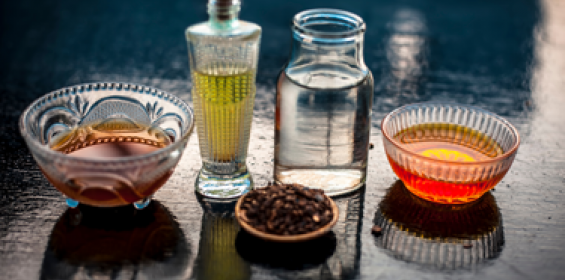How will you feel or react if an environmentalist quotes scientific research and says that the air you breathe at home is a mixture of different chemicals like nitrogen dioxide, carbon monoxide, and sulphur dioxide? You may nod your head in disbelief, but that’s the harsh reality in our urban-packed and industrialized times. Every major city is mostly polluted due to increasing vehicular population and urbanization, leading to low air quality index.
Thanks to air pollution, our homes have become abodes of thriving germs and bacteria. Add more chemicals to this cocktail: toilet cleaners (ammonia), gas stoves (carbon monoxide), detergents (benzene) and ever-growing garbage bins (formaldehyde). Are we really safe with so many germs and chemicals around? Not even one bit, and the repercussions are scary as these may lead to allergies, itching, rashes, frequent cold and cough, and irritation in the eyes.
These days, there are many options available to purify the air in the house, from humidifiers to air purifiers. But, did you know that you can breathe fresh air by just adopting houseplants?
There are many air purifying plants that can give you clean air, at least inside your abode. Here are a few popular air purifying plants that can detoxify the air in your house and help you breathe in cleaner air. .
Aloe vera
This is a popular plant known for its medicinal value and is dubbed as the ‘plant of immortality’ by the Egyptians. It discharges oxygen at night, helps to treat insomnia, and improves overall sleep quality. The aloe plant doesn’t need much direct sunlight or water. Specified as one of NASA’s top air improving plants, it tolerates low maintenance quite well. Now, this is a plant worth investing in, especially for its myriad health benefits. And to make it easier: water it occasionally (it is drought tolerant)!
Snake plant
Termed as ‘mother-in-law’s tongue,’ the snake plants emit oxygen in the night, and simultaneously take in carbon dioxide from the air inside your house, something we naturally produce while breathing. It also filters nasty common household toxins from the air. Water it occasionally, as it is drought tolerant.
English Ivy plant
It's easy to grow and only needs moderate exposure to sunlight. It may be beneficial for those who have breathing problems, allergies or asthma, which all sufferers know can severely impact both the quantity and quality of sleep. Studies show that English ivy can reduce air molds by 90-94% in 12 hours. Water it moderately and let the soil dry between watering.
Peace Lily
This is one of the few houseplants, also known as closet plants, that blooms indoors with its seashell-shaped spathes. It can clean and humidify the air. It can neutralize the chemical components present in the air and purify it, especially when we use toxic cleaning products. It is easy to grow as it prefers low-light conditions. However, one needs to be cautious as the leaves can be unsafe for pets and children. Water it moderately and let the soil dry between watering.
Cornstalk dracaena
This is another a popular houseplant, also called the corn plant or lemon-lime plant. A good humidifier, the plant also cleans the air of chemicals such as benzene and formaldehyde. Water it moderately and allow the soil dry between watering.
So much more to gain from indoor plants:
- Lowers stress and fatigue
- Enhances concentration
- Reduces airborne dust levels
- Keeps air temperature down
- Helps lower background noise
Wanna know all the secrets to the best lifestyle?
Nurture your green thumb but... here are some rules
- Indoor plants are a natural habitat for many organisms and may attract insects and lizards into your homes. It’s important to maintain the plants well.
- Not all plants can be kept indoors all the time; some plants really need sunlight and open space. Make it a habit to keep such plants in the sunlight periodically.
- Indoor plants may develop molds on the soil or a fungal or bacterial infection on their leaves that can kill the plant. Clean them often.
- The plants will probably be fine if you plan to be gone on vacation for a week or so. But for extended trips, you need to make special arrangements.
- Few houseplants need frequent watering, or the soil may dry out quickly in containers. It’s good to be regular in watering them.
As the saying goes, it is easier said than done! But once we decide and take that first step to nurture the indoor plants we are not only purifying the air, but also making the house extremely beautiful. You will have all the liberty to connect with nature anytime. Enjoy nurturing indoor plants and breath in clean air. Stay healthy!
Based on inputs by Seema Thanedar, Faculty, The Art of Living


































